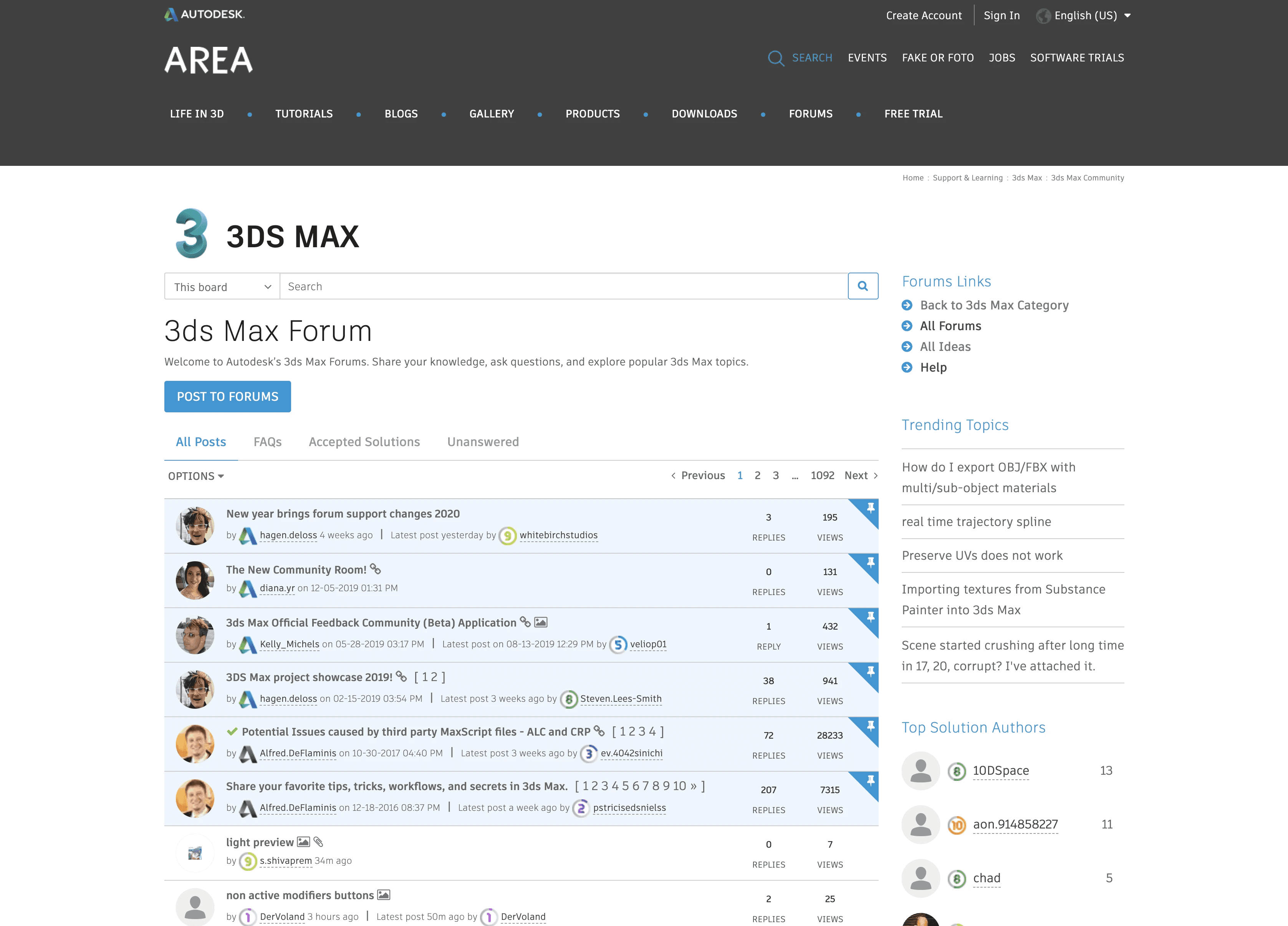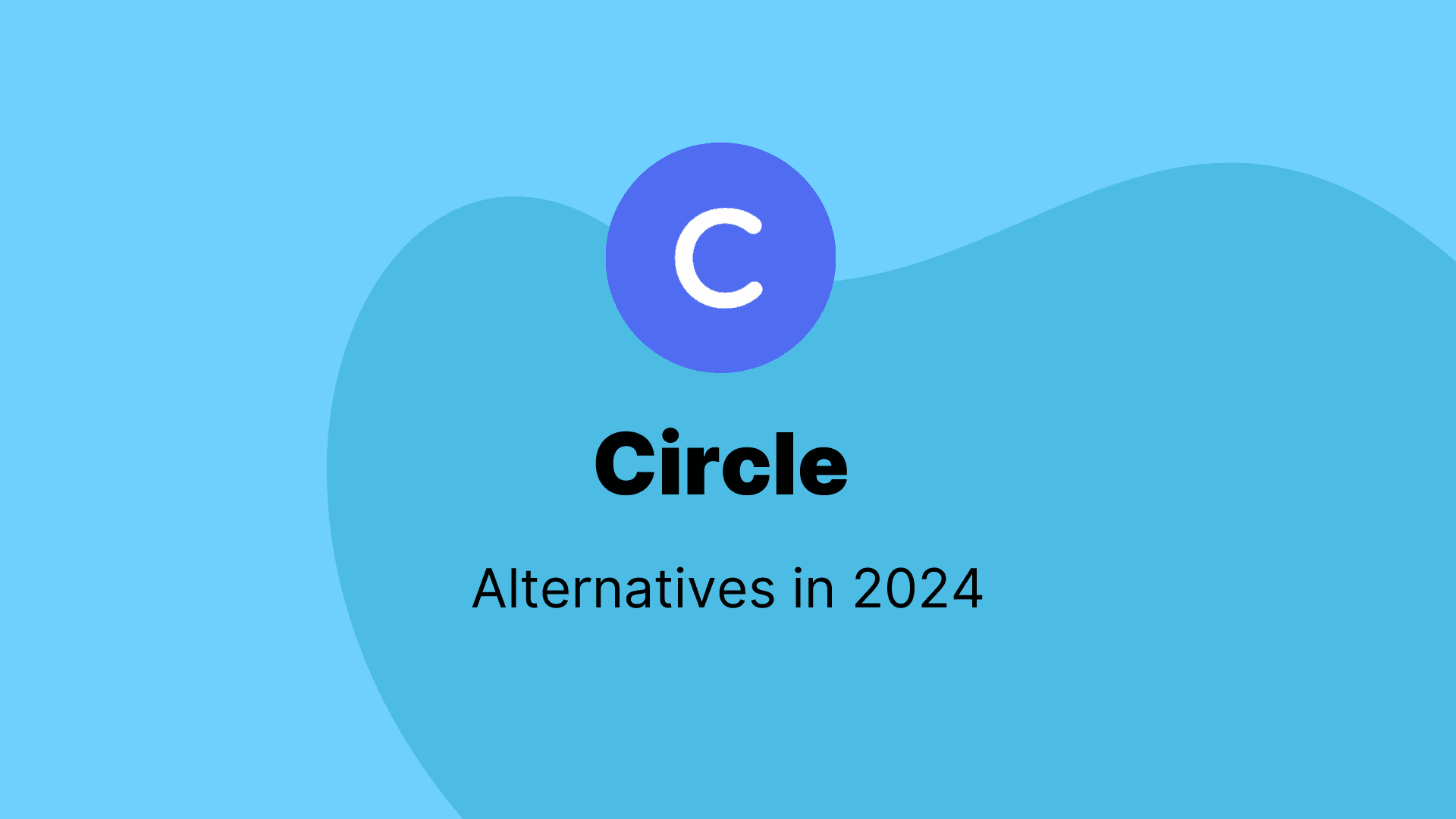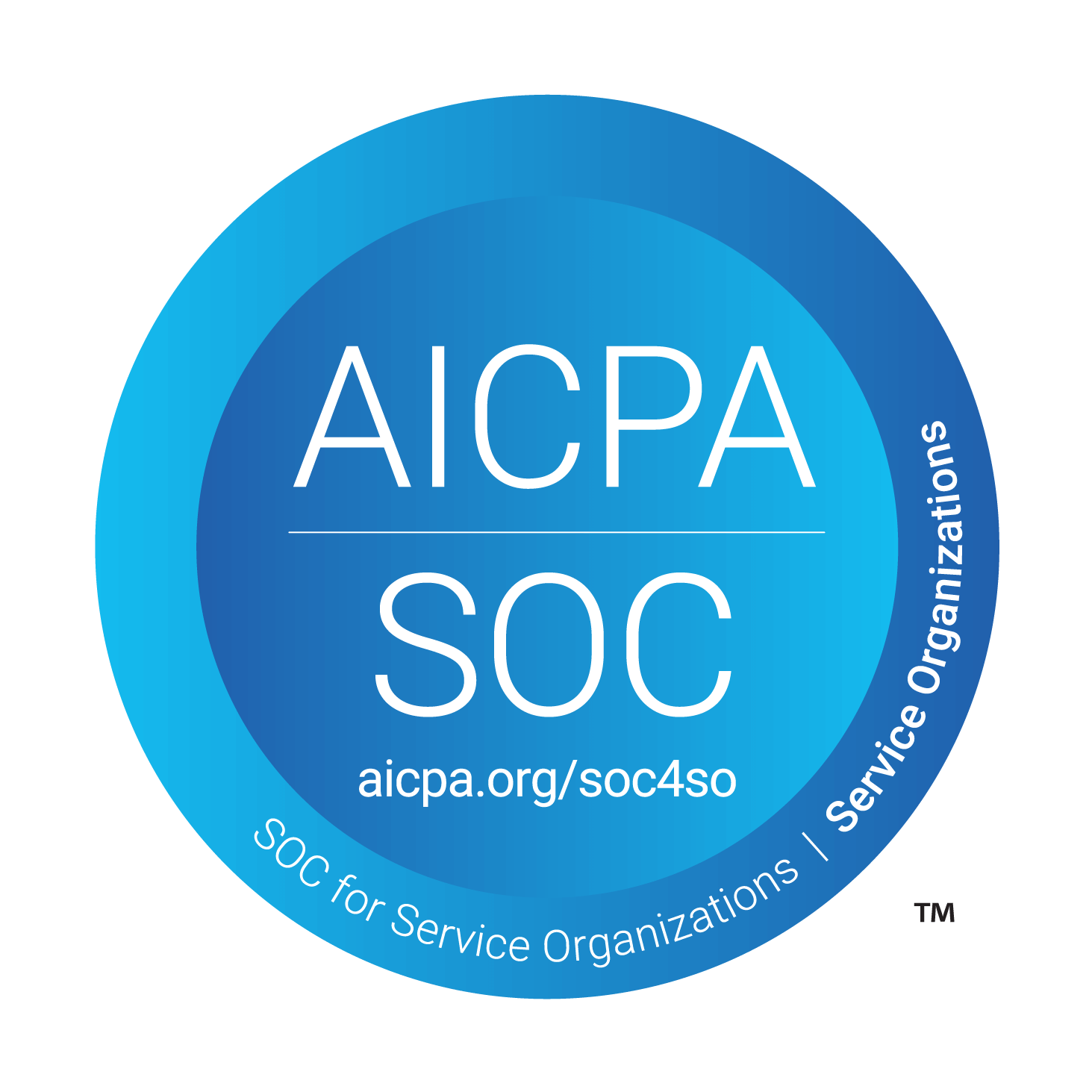Circle Alternatives For Software Companies Building Community.
Aug 27, 2024

Olivier van den Hoogen
Co-founder Turf
The limitations of Circle for software companies
Circle focuses on providing a platform for creators and people with a personal brand to build a 'community of practice' and monetize their audience. This means Circle lacks crucial features for SaaS and software companies that are trying to build a customer community environment to improve customer engagement, customer retention, and lower support volumes.

To make a customer community initiative a success as a SaaS company, you need to be able to generate consistent community engagement. Your community will not impact customer engagement, churn, and support volumes if you are not able to cultivate community engagement and activity on a consistent basis.
To be able to generate that consistent community engagement and activity, a SaaS company needs to be able to centralize all their other customer facing modules (e.g. knowledge base, customer feedback boards, technical documentation) in the same environment, as well as be able to make their community environment accessible from within their SaaS application.
Centralizing all your customer facing modules in the same community environment means your customers will have to go to the community environment for any action or interaction that they want to perform. Among SaaS companies using the Turf platform to build their community and that have centralized their knowledge base, customer feedback boards, academy, and other modules in their community environment, we have seen an increase in community engagement and activity rates by up to 150%.
For SaaS companies it is also crucial to realize that their users and customers most of the time only want to be active in their community when they are using their software application in real time or when they have just used it. Making your community useable from within your own application therefore is key in driving proper community adoption and engagement. Among SaaS companies using the Turf platform to build their community and installing the in-app widget to make their community useable inside their own application, we have seen community engagement and activity rates go up by a maximum of 230%.
All in all, Circle is missing key functionality for you, as a SaaS company, to be able to centralize your help center, customer feedback boards, technical documentation, and more, inside your community environment. You can not bring your community inside your application, users can not have technical discussions where they can share and discuss specific code snippets, and you can not measure the impact of the community initiative on support volumes, support costs, customer engagement, and customer churn - leaving you in the dark about the actual benefits and ROI of your community initiative.
Here are the top 3 alternatives to Circle for SaaS and software companies in 2024:
1. Turf
Turf is a customer community platform specifically designed for SaaS (Software as a Service) and software companies. The platform is tailored to make the customer community initiative reduce support costs and churn rates as much as possible and was first launched to solve the low-usage problem that a lot of existing SaaS customer communities were having. Turf increases customer community usage and engagement, by centralizing/integrating all your customer-facing modules in your customer community environment and making your community completely useable from within your SaaS application. Turf is the only community platform that allows SaaS and software companies to make their customer community environment the single meet point for every interaction that users and customers have with the company.

Turf has the functionality to host and centralize:
Knowledge base
Help Center
Roadmap communication
Product feedback
Changelogs
Bug reporting
Feature requests
Help desk
Academy
Courses
Technical documentation
Online events
The ability to bring your community inside your SaaS application:

View more of the Turf platform here or directly schedule a free demo here.
2. Insided (Gainsight)
Insided, now rebranded to Gainsight, is a community platform focused on enterprise b2b SaaS companies. The platform aims to help businesses build and manage online communities with a focus on customer engagement, support, and reducing churn.
Insided allows you to host and centralize your knowledge base, product feedback & ideation, and product communication. With their product feedback and communication module, you can communicate product releases, receive feature requests, and let users vote on your roadmap. The platform does a relatively good job at centralizing the majority of your customer processes, but is missing key functionality to cover the entirety of your customer module ecosystem. The platform is missing the ability to host technical documentation, host and manage online community events, and natively host your help desk (direct support) channels.
Here is an example of a community built with Insided (Gainsight):

Insided also allows you to integrate your community into your SaaS application with an embeddable widget. The embeddable widget can be installed by adding a code snippet to the header code of the pages where you want the widget to reflect.
As mentioned before, Insided (Gainsight) is focused on enterprise b2b SaaS. As you might have guessed this also reflects in their pricing. Insided does not publicly display any pricing plans and does not offer a free trial. They work with custom pricing for each customer and require you to schedule a demo or call with the sales team to get insight into what their pricing is like. Although the exact pricing is not public, we know that Insided falls under the highest end of the community software spectrum and the average community built with Insided falls within a range of $20k to $100k per year. Unfortunately, any specifics on different plans and feature limits per subscription plan are not online available.
3. Khoros
Khoros is a community platform designed for enterprise-focused communities (not focused on SaaS or software companies). It stands out as a platform frequently customized by its users with their in-house development teams. This customization allows users to build upon the platform's core, incorporating functionalities not initially provided. While Khoros boasts a functional forum structure at its core, it lacks an integral thread system within posts, leading to confusion about whether a comment is new or a response to an existing one.
Khoros works with different modules that you can add (with additional cost) to your core community platform. Khoros allows you to host and centralize your knowledge base, ideation, and other resource-based modules like academy and product courses. Besides this you can customize your community environment and integrate other existing customer modules that will remain hosted on a third-party. Because of their general focus, Khoros is not actively taking into account the existing ecosystem of customer modules that the average SaaS company has and their community environment needs to seamlessly work with. Khoros is missing key functionality to natively host your technical documentation, roadmap display & communication, bug reporting, and feature requests.
Here is an example of a community built with Khoros:

Khoros does not allow you to embed or integrate your community environment in your SaaS application.
Details regarding the pricing structures for Khoros Communities are not publicly disclosed and require direct contact with the vendor. However, it is widely known that Khoros is one of the most expensive community platform providers, with subscription fees generally exceeding 100,000 USD annually.





